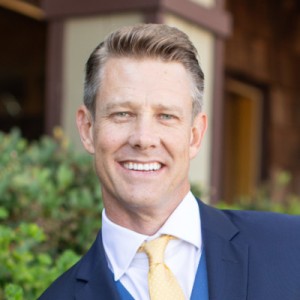- Video Library
- David Thompson Presents Osteal Therapeutics at LSI Europe '23
David Thompson Presents Osteal Therapeutics at LSI Europe '23

David Thompson
Business leader and healthcare entrepreneur with over 25 years of experience in organizations of all sizes developing new technology and new markets in the U.S. and internationally with a particular focus on medical devices, digital health and diagnostics.
Particularly passionate about early stage ventures and intrapreneurial opportunities that require market analysis, needs assessment, product and business model discovery and definition, corporate strategic planning, and go-to-market execution.
David Thompson
Business leader and healthcare entrepreneur with over 25 years of experience in organizations of all sizes developing new technology and new markets in the U.S. and internationally with a particular focus on medical devices, digital health and diagnostics.
Particularly passionate about early stage ventures and intrapreneurial opportunities that require market analysis, needs assessment, product and business model discovery and definition, corporate strategic planning, and go-to-market execution.

17011 Beach Blvd, Suite 500 Huntington Beach, CA 92647
714-847-3540© 2025 Life Science Intelligence, Inc., All Rights Reserved. | Privacy Policy







